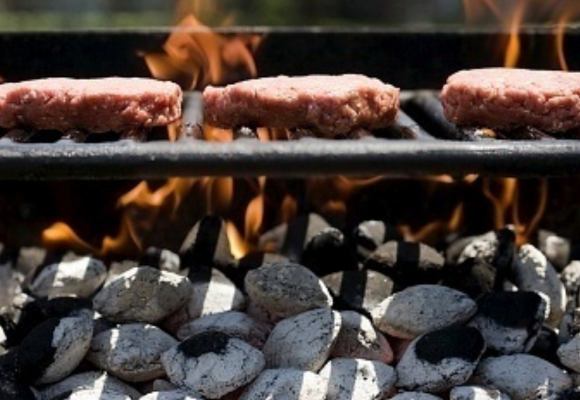Offset smokers are renowned for their ability to produce flavorful, slow-cooked meats. Traditionally, these smokers use charcoal as their primary fuel source. However, ceramic briquettes have emerged as a popular alternative. This article explores the feasibility and advantages of using ceramic briquettes in conjunction with charcoal in an offset smoker.
Understanding Offset Smokers
Offset smokers, characterized by their horizontal design, feature a main cooking chamber and a firebox. The firebox generates smoke and heat, which is then drawn into the cooking chamber. The design of these smokers facilitates low and slow cooking, ideal for barbecue.
The Role of Charcoal in Offset Smokers
Charcoal is a staple in the world of barbecue, especially in offset smokers. It provides a steady heat source and contributes to the smoky flavor that is synonymous with barbecued meats. Charcoal comes in various forms, including lump charcoal and briquettes, each with its unique properties.
Can I use ceramic briquettes along with charcoal in my offset smoker?
Yes, you can use ceramic briquettes along with charcoal in your offset smoker. This combination can offer several benefits:
Ceramic Briquettes: An Overview
Ceramic briquettes, typically used in gas grills, have gained popularity due to their heat retention and distribution properties. They are known for their durability and ability to maintain consistent temperatures over extended periods.
Combining Ceramic Briquettes and Charcoal
The integration of ceramic briquettes with charcoal in offset smokers is a technique that can potentially transform the smoking experience. This section explores the benefits, methods, and challenges of combining these two heat sources.
Benefits of Using Ceramic Briquettes and Charcoal Together
- Enhanced Heat Retention: Ceramic briquettes are excellent at retaining heat, which can complement the heat produced by charcoal.
- Improved Temperature Control: The combination can lead to more stable temperatures within the smoker.
- Extended Fuel Life: Ceramic briquettes can reduce the amount of charcoal needed, as they hold onto heat and prolong the burn time.
How to Properly Combine These Heat Sources

To achieve the best results, the placement of the ceramic briquettes and charcoal is crucial.
- Start with a Clean Firebox: Ensure that your firebox is clean and free from old ashes and debris.
- Layering the Briquettes: Place a layer of ceramic briquettes at the bottom of the firebox. This layer should be even and cover the entire surface.
- Adding Charcoal: On top of the briquettes, add your charcoal. You can use either lump charcoal or charcoal briquettes, depending on your preference.
- Maintaining Airflow: Ensure that the arrangement does not obstruct the airflow. Adequate ventilation is essential for maintaining a consistent temperature and ensuring the charcoal burns efficiently.
Addressing Challenges
While the benefits are notable, there are a few challenges to consider:
- Airflow Restriction: Too many ceramic briquettes might restrict airflow, leading to difficulty in temperature control. It’s important to find the right balance.
- Heat Adjustment: The combination may alter the way you traditionally manage heat in your smoker. You may need to adjust the vents differently to maintain the desired temperature.
- Learning Curve: As with any new technique, there might be a period of trial and error. It’s important to monitor your smoker closely and make adjustments as needed.
Conclusion
Incorporating ceramic briquettes with charcoal in your offset smoker can be a game-changer. It offers enhanced heat distribution, economic benefits, and the potential for better-controlled smoking sessions. However, it requires careful attention to detail, especially regarding the placement and quantity of briquettes and charcoal. With practice, this technique can elevate your barbecue to new heights.

